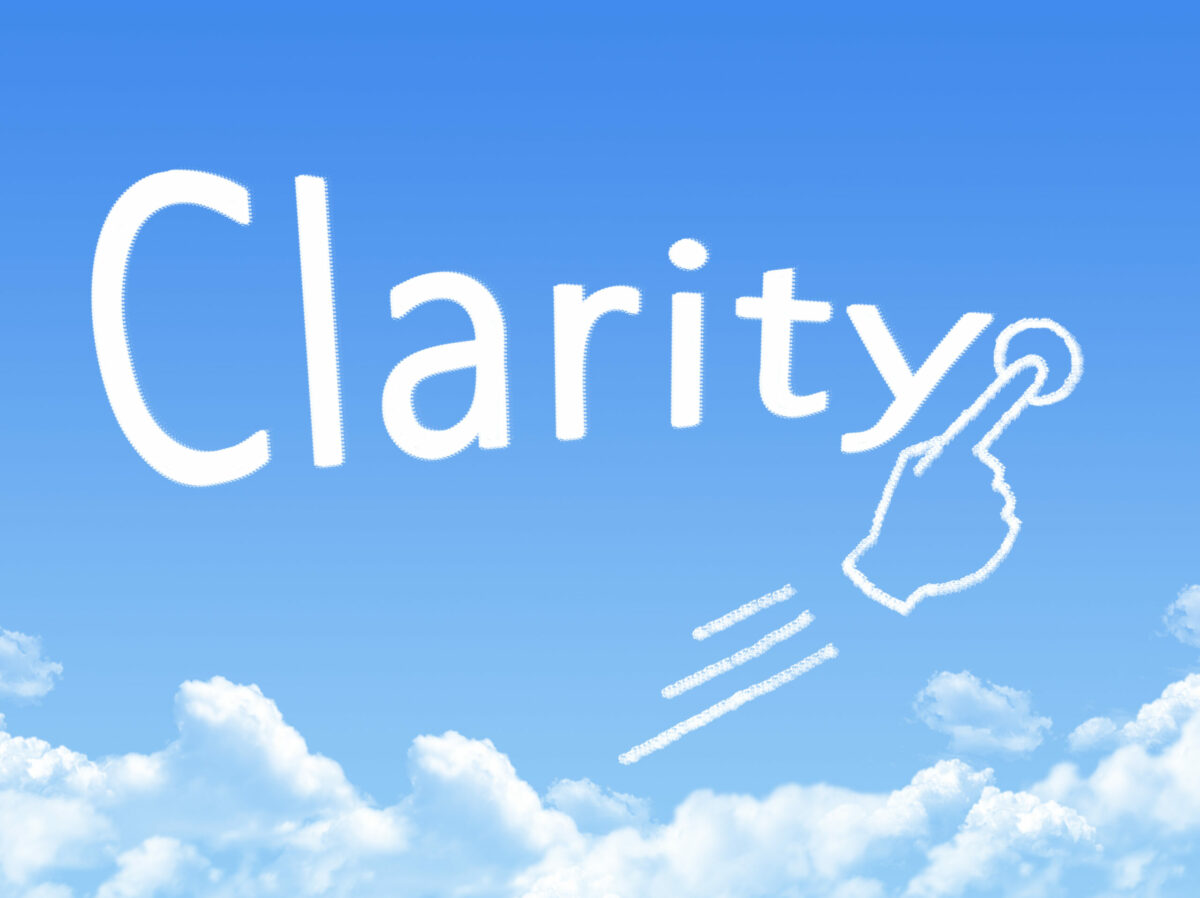“The USPTO’s neglect of rulemaking procedure leads to regulatory costs that exceed $ 1 billion per year.” – USI/ PTAARMIGAN amicus brief
 One of the many amici who have filed briefs in a Supreme Court case asking the Court to overrule its precedent in Chevron, U.S.A., Inc. v. Natural Resources Defense Council, Inc. told the justices last week that the United States Patent and Trademark Office (USPTO) is abusing the so-called Chevron doctrine “to bypass the procedures that ensure that the agency considers the public interest.”
One of the many amici who have filed briefs in a Supreme Court case asking the Court to overrule its precedent in Chevron, U.S.A., Inc. v. Natural Resources Defense Council, Inc. told the justices last week that the United States Patent and Trademark Office (USPTO) is abusing the so-called Chevron doctrine “to bypass the procedures that ensure that the agency considers the public interest.”
The “Chevron doctrine” says courts should defer to administrative agencies’ interpretation of the statutes delegated to them. In the 1984 ruling in Chevron, U.S.A., Inc. v. Natural Resources Defense Council, Inc., the Supreme Court held that a court “may not substitute its own construction of a statutory provision for a reasonable interpretation made by [the agency charged with administering the statute],” where the statute is ambiguous.
A group of herring fishermen filed a petition for writ of certiorari in November 2022, asking the Court to overturn the Chevron doctrine. The petition was granted in May.
Patent and Trademark Attorneys, Agents, and Applicants for Restoration and Maintenance of Integrity in Government (PTAAARMIGAN) and US Inventor filed a joint brief on July 19 in support of neither party asking the Court to reaffirm Chevron deference but to clarify that it should only apply “when an agency acts within the substantive and procedural limits set by Congress.”
According to the brief, while it seems like the Secretary of Commerce in this particular case “did everything by the book,” the USPTO often “promulgates regulations without the public participation and vetting required by the Administrative Procedure Act, Paperwork Reduction Act, 44 U.S.C. § 3501 et seq., and Regulatory Flexibility Act, 5 U.S.C. § 601 et seq.” Furthermore, when the Office has been challenged in the past on such moves, the agency uses Chevron as a cover. “The USPTO’s neglect of rulemaking procedure leads to regulatory costs that exceed $ 1 billion per year,” says the brief, citing an article by the brief’s author, David Boundy of Potomac Law Group.
The brief calls for the Court to “bifurcate” Chevron to clarify that when an agency does not go through the notice-and-comment process before adopting a rule “under the blanket authority to promulgate ‘interpretative’ rules without notice-and-comment, § 553(b)(A) and (d)(2), or issues guidance with less than full-dress procedure—Chevron operates differently.”
According to the two organizations, this amounts to a “sublegislative” rule that does not deserve Chevron deference unless it meets “first, the statutory preconditions for a valid rule, and second, additional ‘reasonableness’ criteria to ensure that the agency’s deliberation is as solid as a legislative rule’s.” The brief explains:
“When Chevron is so bifurcated, Chevron has statutory legitimacy, Chevron preserves separation of powers, and Chevron reinforces agencies’ obligations to observe procedures for fair rulemaking.”
Under this interpretation of Chevron, the only time deference should apply is 1) when there is a statutory silence or ambiguity plus delegation of rulemaking authority by Congress AND the agency uses “full-dress procedure”; or 2) when there is a genuine ambiguity in the statute—not silence—and the agency meets additional criteria warranting Chevron deference. When there is silence on an issue and the agency chooses not to engage in the notice-and-comment rulemaking process, Chevron deference can never apply. “The only way an agency can fill a silence is a full-dress legislative rule,” says the brief. “Silence does not support exercise of “interpretative” authority under § 553(b)(A) and (d)(2)—an agency’s authority to “interpret” (without notice-and-comment) reaches only to ambiguity, not to silence.”
As an example of the problem with Chevron at the USPTO, the brief points generally to the Office’s habit of updating manuals and web pages without notice, keeping up with “Standard Operating Procedure” changes, etc. It also charges that “the USPTO enforces unpublished secret rules for years. When the USPTO gets around to publication, it attaches retroactive effect, sometimes a year or more. Rules spring out of nowhere like boogie men.”
More specifically, the brief notes that the Office never initiated rulemaking following the Court’s decision in U.S. v. Arthrex, instead creating a “’Q&A’ web page that changes every few months.”
The brief continues:
“To earn Chevron force of law for a sublegislative rule (rather than the hortatory default for ‘interpretative’ rules under § 553(b)(A), Drake, 797 F.2d at 606-07), the agency must observe some process that approximates the level of vetting, public participation, agency experience, and notice that could have been gained by notice-and-comment.”
Ultimately, concludes the brief, the Court “should reaffirm Chevron deference, but confine it as required by 5 U.S.C. § 553.”
Image Source: Deposit Photos
Author: paisan191
Image ID: 88810564

![[IPWatchdog Logo]](https://ipwatchdog.com/wp-content/themes/IPWatchdog%20-%202023/assets/images/temp/logo-small@2x.png)

![[Advertisement]](https://ipwatchdog.com/wp-content/uploads/2024/04/UnitedLex-May-2-2024-sidebar-700x500-1.jpg)
![[Advertisement]](https://ipwatchdog.com/wp-content/uploads/2024/04/Artificial-Intelligence-2024-REPLAY-sidebar-700x500-corrected.jpg)
![[Advertisement]](https://ipwatchdog.com/wp-content/uploads/2024/04/Patent-Litigation-Masters-2024-sidebar-700x500-1.jpg)

![[Advertisement]](https://ipwatchdog.com/wp-content/uploads/2021/12/WEBINAR-336-x-280-px.png)
![[Advertisement]](https://ipwatchdog.com/wp-content/uploads/2021/12/2021-Patent-Practice-on-Demand-recorded-Feb-2021-336-x-280.jpg)
![[Advertisement]](https://ipwatchdog.com/wp-content/uploads/2021/12/Ad-4-The-Invent-Patent-System™.png)






Join the Discussion
2 comments so far.
Julie Burke
August 1, 2023 09:01 amKudos, PTAAARMIGAN and US Inventors, for providing the Supreme Court with this important and well reasoned brief!
Seems something must be all out of kilter for an agency to routinely impose retroactive rule changes on our inventors, IP practitioners and the public.
https://ipwatchdog.com/2023/03/23/uspto-flexes-aia-powers-make-retroactive-substantive-mpep-policy-changes/id=158222/
Jonathan Stroud
July 31, 2023 09:54 amI tend to agree with David here, and have written as much.